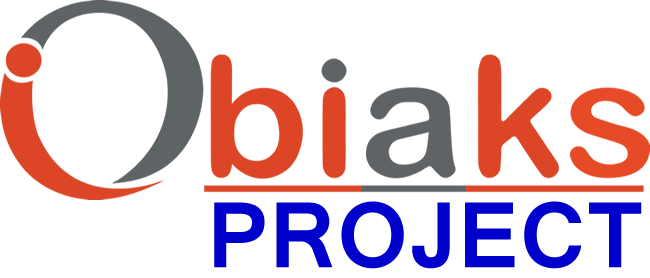The Effect Of Angular Stress Performance On The Performance Of A Nickel Electroplated Steel Substrate In A Corrosive Environments
- Department: Material Science
- Project ID: MCI0002
- Access Fee: ₦5,000
- Pages: 106 Pages
- Reference: YES
- Format: Microsoft Word
- Views: 1,309
Investigation of the low carbon steel bends into different angles with dimension 50 mm X 20 mm and
then plated in Nickel bath at 3V for 25 minutes subjected to NaCl and H2SO4 corrosive environment.
This research investigated the corrosion resistance of nickel- plated and un-plated low carbon steel
and in a corrosive environment of H2SO4 and NaCl solutions. Weight loss method was used for
estimation the corrosion rate in the current study. Low carbon steel sample was nickel electroplated at
3V for 25 minutes. Plated and the un-plated carbon steel sample were subjected to H2SO4 and NaCl
environment for fifteen days. The electrode potentials, in mV (SCE), were measured every day.
Weight loss was determined at intervals of 2 days for the duration of the exposure period.
Electrodynamics experiment was performed. This provides the information that the potential drop was
in the range of -322 to -622 mV SCE for the 30-degree angle which shows more electronegative
potentials that it corrodes faster compared to sample 180 degree of potential range of -353 to -545
which denote reduced corrosion activity. The corrosion rate plots ascertain the corrosion behavior is a
sample of angle 30 and 180 degree.
The Tafel plots to determine the current densities were obtained, results show the highest corroded
and the least corroded sample in NaCl. The corrosion potential of 180- degree is higher than that of
30- degree, passivation occurring due to a coated Nickel substrate.
The stress effect and acidic solution accelerate the failure or fracture points because of increasing of
cracks propagation

